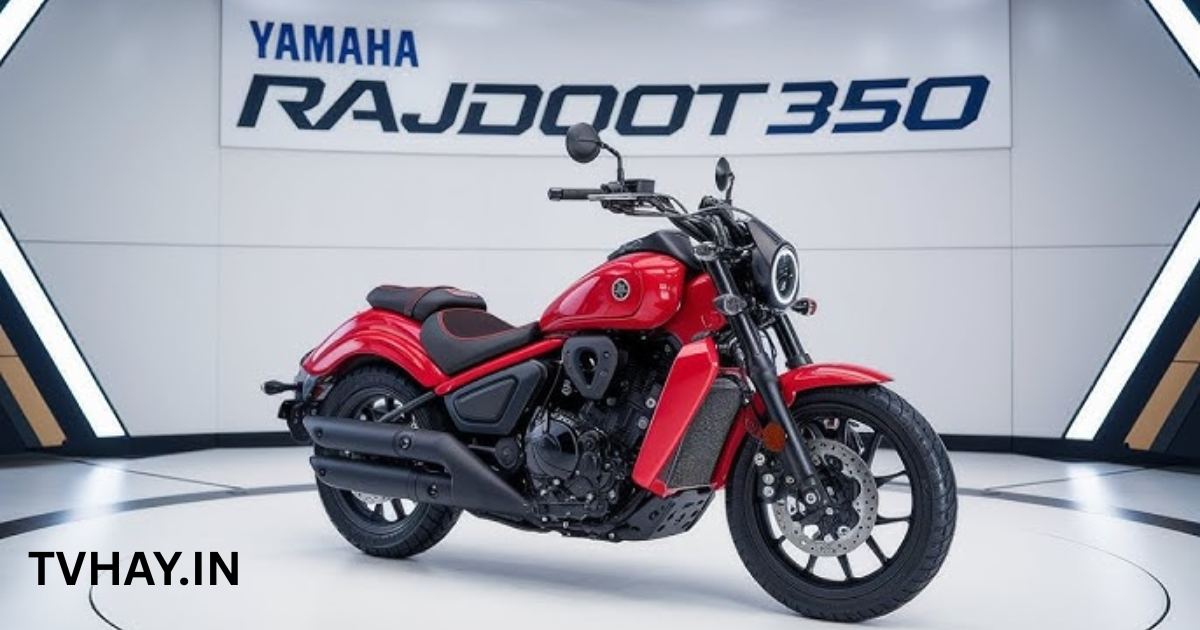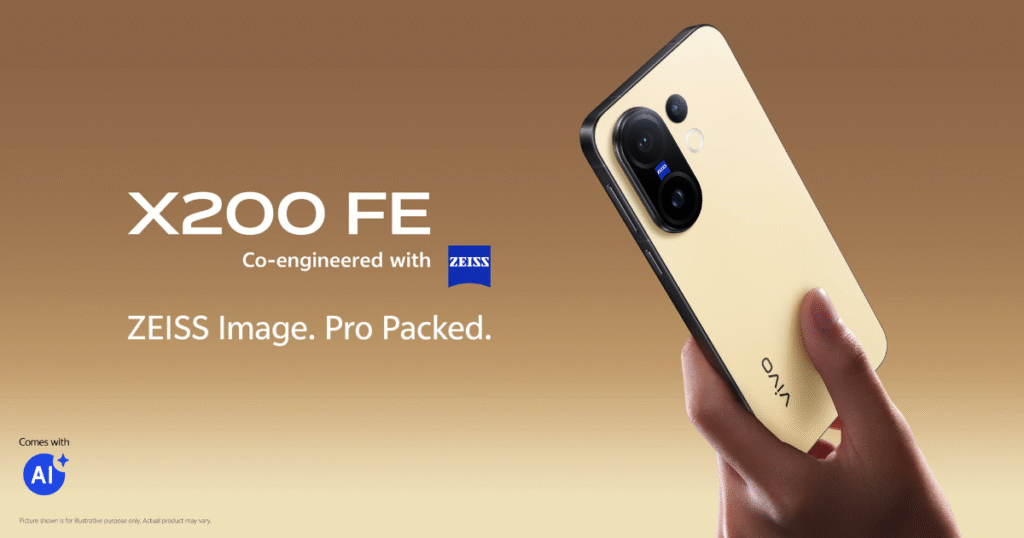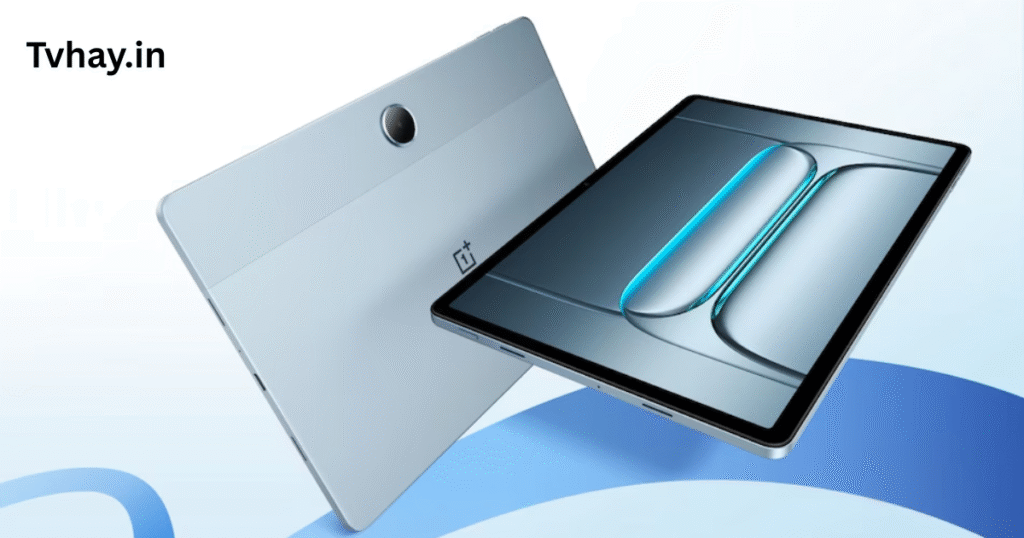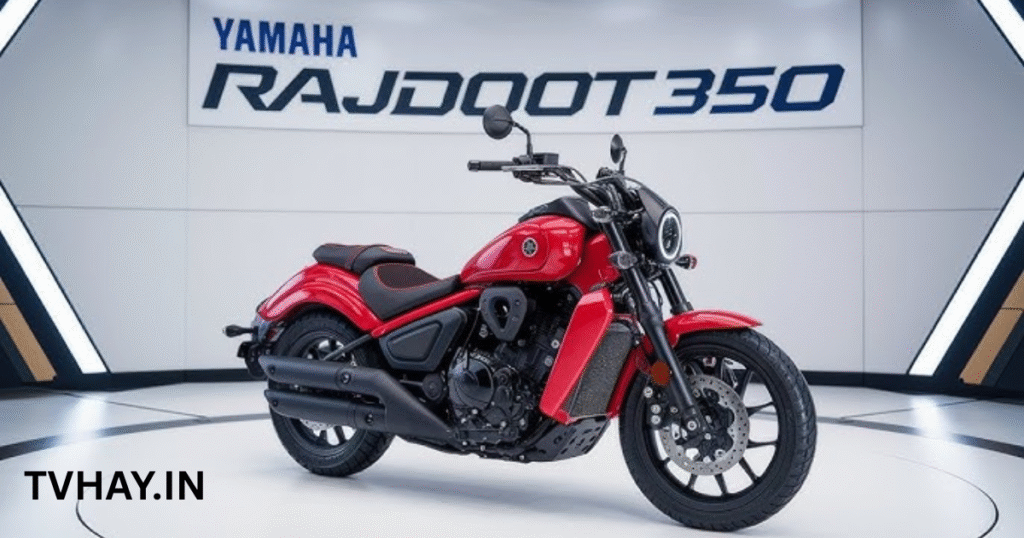Introduction to the Yamaha Rajdoot 350
The Yamaha Rajdoot 350 holds a special place in Indian motorcycling history as a symbol of power and rebellion. Introduced in 1983 through a partnership between Escorts Group and Yamaha Japan, this iconic bike was India’s first high-performance motorcycle, derived from the Yamaha RD350B. Known for its bold design and thrilling ride, it became a legend despite its short production run until 1990. In 2025, speculation about a modern revival has sparked excitement among riders and enthusiasts. This article explores the Rajdoot 350’s legacy, its potential comeback, and how it could redefine the 350cc cruiser segment with a blend of nostalgia and innovation.
The Legacy of the Original Rajdoot 350
Launched in the 1980s, the Rajdoot 350 was a game-changer in a market dominated by practical, low-power bikes. Powered by a 347cc, two-stroke, air-cooled, parallel-twin engine, it came in two variants: High Torque (HT, 30.5 bhp) and Low Torque (LT, 27 bhp). Its acceleration (0-60 kmph in under four seconds) and top speed (over 150 kmph) set it apart from competitors like the Royal Enfield Bullet and Yezdi Roadking. Features like a six-speed gearbox and autolube system made it a technological marvel, though its high cost (₹18,000-₹30,000) and fuel inefficiency (20-35 kmpl) limited its mass appeal.
Despite these challenges, the Rajdoot 350 carved a niche as a cultural icon. Its distinctive exhaust note and rugged charm made it a favorite in Bollywood, notably in films like Hero (1983). Today, vintage models are prized by collectors, with restored bikes fetching ₹2.5 lakh to ₹8 lakh, reflecting its enduring popularity.
Why a 2025 Revival Makes Sense
India’s 350cc cruiser market is thriving, driven by brands like Royal Enfield, Jawa, and Honda. A reimagined Yamaha Rajdoot 350 could tap into this demand, combining retro styling with modern technology to attract both nostalgic fans and new riders. While no official announcement has been made as of July 2025, Yamaha’s recent trademark activities and the growing retro-classic trend suggest a revival is plausible. Here’s how a modern Rajdoot 350 could stand out.
Key Features of a 2025 Yamaha Rajdoot 350
| Feature | Details |
|---|---|
| Engine | 349cc, single-cylinder, four-stroke, air- or liquid-cooled, BS6-compliant |
| Power & Torque | 28-30 bhp, 28-32 Nm for balanced city and highway performance |
| Mileage | 35-40 kmpl, optimized with fuel injection and eco-mode |
| Design | Retro-inspired round LED headlamp, teardrop tank, twin exhausts, matte finish |
| Technology | Semi-digital cluster, Bluetooth, dual-channel ABS, USB charging |
| Price (Ex-Showroom) | ₹1.95 lakh to ₹2.5 lakh, competitive with Royal Enfield Classic 350 |
| Weight & Dimensions | 140-150 kg, 790 mm seat height, 175 mm ground clearance |
Engine and Performance
A 2025 Rajdoot 350 would likely feature a 349cc, four-stroke, single-cylinder engine to meet BS6 Phase 2 emission standards. Delivering 28-30 bhp and 28-32 Nm, it would offer smooth power for urban commuting and long rides, with a top speed of 130-135 kmph and 0-60 kmph in 5-6 seconds. A 5- or 6-speed gearbox with a slipper clutch would ensure seamless shifts, while fuel efficiency of 35-40 kmpl would rival the Royal Enfield Classic 350 (41 kmpl) and Honda H’ness CB350 (35 kmpl).
Retro-Modern Design
The new Rajdoot 350 would blend classic styling with contemporary flair. Expect a round LED headlamp, chrome-accented teardrop tank, and twin exhausts for that iconic sound. Tubeless tires on alloy wheels, LED indicators, and matte or metallic paint options would add a modern edge. A lightweight double-cradle frame (140-150 kg) and accessible 790 mm seat height would enhance maneuverability and comfort.
Advanced Technology
To compete in 2025, the Rajdoot 350 would include:
- Instrument Cluster: Analog speedometer and tachometer with a digital display for fuel, trip, and gear data, plus Bluetooth for navigation and call alerts.
- Safety: Dual-channel ABS with 300 mm front disc and 153 mm rear disc or drum brakes.
- Comfort: Telescopic forks, twin rear shocks, and a cushioned seat for rider and pillion.
- Extras: USB port, electric start, and optional accessories like saddlebags.
Pricing and Variants
Priced between ₹1.95 lakh and ₹2.5 lakh (ex-showroom), the Rajdoot 350 would offer value against competitors like the Jawa 42 Bobber (₹2.06-2.29 lakh). A base model with single-channel ABS and a premium variant with dual-channel ABS and Bluetooth could cater to diverse budgets. On-road prices may range from ₹2.2 lakh to ₹2.8 lakh, with EMI options starting at ₹5,000-6,000/month (9% interest, 5 years).
Competitive Edge in the 350cc Segment
The 350cc cruiser market is crowded, but the Rajdoot 350 could differentiate itself with Yamaha’s reliability and a unique retro-performance blend. Here’s how it compares:
- Royal Enfield Classic 350: ₹1.93-2.25 lakh, 20.2 bhp, 41 kmpl, strong brand loyalty.
- Honda H’ness CB350: ₹2.10-2.16 lakh, 20.8 bhp, 35 kmpl, refined ride.
- Jawa 42 Bobber: ₹2.06-2.29 lakh, 27.7 bhp, 30 kmpl, bold styling.
The Rajdoot’s lighter weight, competitive pricing, and heritage appeal could give it an edge, though Yamaha must ensure robust service support to avoid the original’s maintenance issues.
Target Audience and Market Impact
The 2025 Rajdoot 350 would appeal to:
- Nostalgic Riders: Fans of the original seeking its iconic style and sound.
- Young Enthusiasts: Riders wanting a stylish, affordable cruiser with modern features.
- Commuters and Tourers: Those needing a versatile bike for daily use and weekend trips.
With India’s motorcycle market projected to grow to 22 million units by 2026, retro-classics account for a significant share. A revived Rajdoot 350 could strengthen Yamaha’s foothold, leveraging its 2,000+ service centers and Bollywood-fueled legacy for marketing.
Challenges and Opportunities
A successful relaunch hinges on addressing past pain points like spare parts availability and service expertise. Yamaha must also counter misinformation, such as false claims of a two-stroke return or unrealistic mileage figures (e.g., 80 kmpl). An electric variant could “
- Click Back: Unveiling the Vivo X200 FE – A Compact Powerhouse Redefining Flagship Excellence 2025
- Realme GT 7 Pro Unveiled: A Flagship Powerhouse Redefining Performance
- Samsung Galaxy Z Fold 7: A Revolutionary Leap in Foldable Technology
- OnePlus Pad Lite Unveiled: A Budget-Friendly Tablet with Premium Features
- Reviving the Legend: Yamaha Rajdoot 350’s Epic Comeback in 2025







